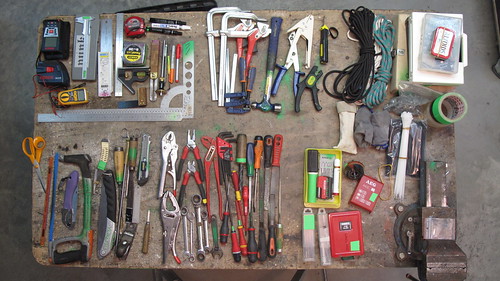There are so many choices of educational methods and tools that it's easy to feel a bit paralysed when faced with selecting the right ones for a particular lesson. That's why curated toolkits and practical guides are always so appreciated especially if they make it easier to find the right method or tool for what you want to achieve in a particular class activity.
One such useful guide is the Dynamic Toolkit developed by the Erasmus+ project eLene4Life. This is a compilation of activities that promote active and collaborative learning that can be applied in different settings: in the classroom, outdoors, online or a blended approach. The activities develop a variety of transversal soft skills: digital, methodological, social and personal.
The DT (Dynamic Toolkit) is designed to support the acquisition of transversal skills using innovative teaching methodologies. It is addressed to educators across Europe, to support them in the process of designing their classes/lectures aimed at fostering acquisition of transversal skills by their students (mainly in large classes).
You can use a variety of criteria to search for a method and there are then clear instructions and ideas for implementation as well as reference material and links to similar or related methods. Some involve digital tools but many are simply about organising classroom activities. The key to them all is promoting active learning. Also included is a guide to digital tools used in active learning.
Active learning refers to a broad range of teaching strategies which engage students or trainees as active participants in their learning. Typically, these strategies involve learners working together during class, but may also involve individual work and/or reflection, as well as group work outside the classroom. The focus is on how to learn rather than what to learn, placing the learner at the heart of the process. Active learning can be on a spectrum of learner and teacher control of the learning process and learning environment.
I also discovered a similar tookit developed by the University of Copenhagen and partners. This has a similar search function and the methods have clear descriptions, instructions and references as well as links to related resources in the toolkit.
Guides like these save so much time and frustration for many teachers who would otherwise never stumble upon these tools and methods. Knowing that other teachers have tried and tested them makes experimenting with more creative teaching methods less of a stressful leap in the dark.
Another toolkit you might want to check is a guide to digital tools for collaboration called Smarter Collaboration that I am responsible for at my university. Here you will find a wide range of collaborative tools arranged under functional categories such as collaborative writing, screencasting, mindmapping, planning, presenting and many more.
Guides like these save so much time and frustration for many teachers who would otherwise never stumble upon these tools and methods. Knowing that other teachers have tried and tested them makes experimenting with more creative teaching methods less of a stressful leap in the dark.
Another toolkit you might want to check is a guide to digital tools for collaboration called Smarter Collaboration that I am responsible for at my university. Here you will find a wide range of collaborative tools arranged under functional categories such as collaborative writing, screencasting, mindmapping, planning, presenting and many more.

No comments:
Post a Comment
Note: Only a member of this blog may post a comment.